Burns had a gift for putting himself into the shoes of others and sympathising with their plight. His greatest works were a vivid insight into the aspirations and anguishes of the less-privileged, his hopes for equality and a better world. Words that maintain their powerful meaning today.
Robert Burns death and legacy
Robert Burns died in Dumfries on 26 July 1796, on the same day that his wife gave birth to their ninth child, a son, Maxwell. He succumbed to a form of rheumatic fever, which would have been easily treatable today. In those days, however, the cause and remedy of his ailment were unknown, and his demise was likely hastened by a course of sea-bathing in icy salt waters.
To make matters worse, Burns died in debt, borrowing from a cousin and an old patron, George Thomson, to bail himself and his pregnant wife out of trouble.
The fact is that Burns had lived in near poverty most of his life. He had been engaged in heavy physical farm work since he was a young boy, in a harsh climate and on a very limited diet had taken its toll. He was only thirty-seven years old when he died.
He was buried with full military honours as a member of the local volunteer militia, the Fencibles. Burns had joined up the year before as Britain was at war with France and there was a fear of invasion. Sadly, as is so often the case, Burns' genius was only widely recognised after his death.
Nowadays, Burns night is celebrated across the globe. People often come together to celebrate his life by singing songs, reading poems and addressing Scotland’s national dish with Burns’ poem ‘Address to a Haggis’.
Robert Burns famous poems
In his short life, Burns wrote hundreds of poems and songs that would become cherished throughout the world. His words would reach far beyond his native Scotland and continue to resonate over two centuries later words about the human spirit and condition, about nature, love, life and death that are as meaningful now as they were in Burns' time.
His most famous poems include:
- Auld Lang Syne
- Tam o' Shanter
- Ae Fond Kiss
- Red, Red Rose
- Scots Wha Hae
- A Man's a Man for A' That
But who was this man who died young and in poverty in a small provincial town, who was almost instantly mourned by an entire nation and who is still revered over 250 years after his birth?
Where was Robert Burns born?
Burns was born on a wild and windy night in Alloway on the Ayrshire coast of Scotland, in the family house his father, William, had built with his own hands. Robert was the eldest of seven children. Burns' Cottage, now a museum, still stands today, although no longer set in rolling fields, but in the new affluent suburbs of the town of Ayr.
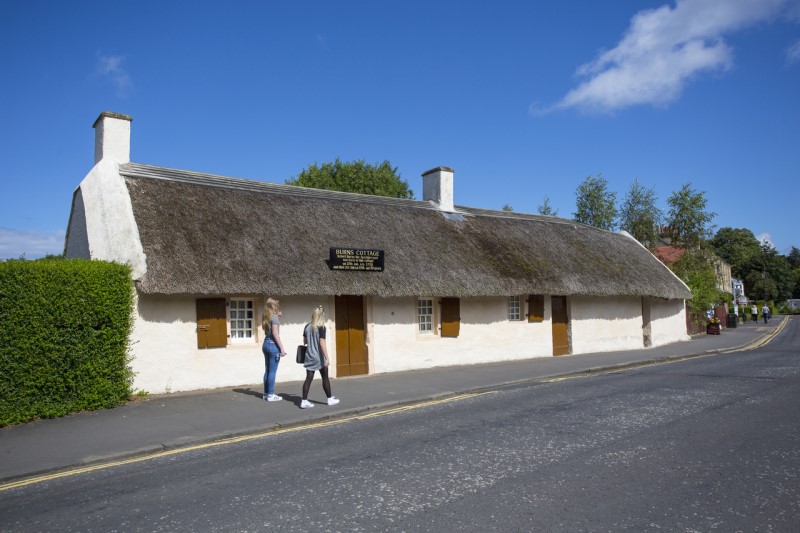
Who were Robert Burns’ parents?
Robert's parents were small tenant farmers. William and his wife, Agnes, struggled to make a living on poor soil. But despite their hardships they were keen to educate their offspring, so in 1765 Robert and his brother, Gilbert, were sent to a school two miles away at Alloway Mill.
William then clubbed together with three local families to share a private tutor, a young man called John Murdoch, who taught Robert English grammar. He also made the children sing Psalms but, ironically, for someone who went on to pen some of the most well-known songs ever written, Robert's voice was, according to Murdoch, "untuneable". When Murdoch took up a post at Ayr Academy in 1772, Burns' father tutored the boys at home, although they continued taking lessons at various other schools nearby.
The following year the family moved to another farm at Mount Oliphant, high on a hillside two miles from Alloway. The rent was steep, and the sour upland ground was difficult to cultivate. Life was tough on the new farm. Since the family couldn't afford hired help, Robert did a full day's work in the field and farmyard on a diet of oatmeal and skimmed milk even though they lived on a farm, meat was much too expensive.
On the long, dark, bitterly cold Scottish winter nights Robert was often to be found huddled under a single candle, with his nose buried in a book. By the time he was 21 he had read Shakespeare, David Hume, his favourite philosopher Adam Smith and everything in between. These books helped to fuel his already burgeoning imagination.
Robert Burns' personal life
He had already written his first love poems when he was fifteen, to a farmer's daughter from Dalrymple. It was the beginning of his lifelong love of women and his celebration of them in poems and songs. Burns had many affairs throughout his life and enjoyed drinking with friends, but he was far from the over-sexed, booze-sodden farmhand of yore, a slightly misleading myth that has tended to overshadow his literary legacy.
Robert Burns fathered over a dozen children to various women, and his sexual behaviour was radical, especially in 18th-century society. The handsome, charismatic poet undoubtedly enjoyed the company of women, from society ladies to servant girls.
Burns' first child was by a servant, Elizabeth Paton, who worked at Lochlea farm in Tarbolton (the family had moved to the village when Robert was nineteen), and one of his most famous love affairs, though never consummated, was with the upper-class Agnes McLehose, for whom he wrote the beautiful parting song Ae Fond Kiss.
Burns acknowledged women as individuals who had valuable insights and opinions and were stimulating. He started a life-long correspondence with sometime patron, Mrs Frances Anna Dunlop, a well-to-do Ayrshire widow who admired his poems. In his work, he managed to combine descriptions of his prurient exploits with the tenderest of emotions, memorably and simply expressed. Love (and lust!) and poetry were always to run together for Burns.
Robert Burns poetry
By the time his first collection of poetry, 'Poems, Chiefly in the Scottish Dialect' was published in July 1786 he had founded the debating society, the Tarbolton Bachelors' Club, gained a reputation locally as an outspoken critic of the church and became a freemason.
He had started writing seriously after his father's death in 1784 and this first collection, known as the Kilmarnock edition because that was where it was printed, emerged from the poems that had been passed around locally in manuscript form during 1784-85, gaining him regional notoriety.
The collection included some of his best writing, including 'The Twa Dogs', 'Address to the Deil', 'Hallowe'en', 'The Cotter's Saturday Night', 'To a Mouse', and 'To a Mountain Daisy', many of which had been written at Mossgiel farm, where the family had moved in 1785. Having already written a handful of poems in English, Burns found his true voice in the Scots language, writing in words that did not come from the classical dictionary but from everyday speech.
The themes of Robert Burns’ poems
Burns’ poems touched on themes of injustice, hypocrisy, the hard life of the countryman, radicalism, anticlericalism, sexuality, gender roles, Scottish cultural identity and man's inhumanity to his fellow man. He wrote scathing satires and tender love songs delivered in a direct, playful, yet sympathetic voice that spoke to all walks of life.
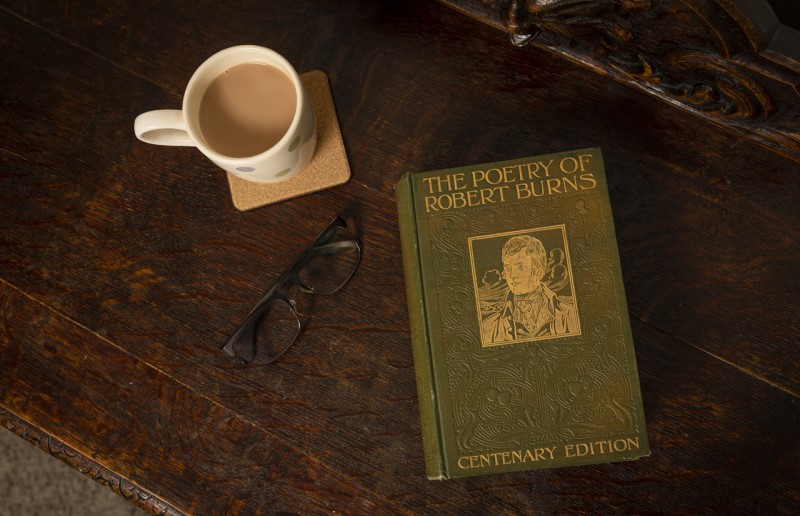
Throughout his life, Burns was on the side of the poor and the downtrodden and was always anxious to speak up for them. Inequality made him angry. He was an enthusiastic supporter of the French revolution in 1789 before it turned into a bloodbath and supported the American struggle for democracy led by George Washington.
Poetry was in Burns' blood, but the book was also born of financial necessity. The farm at Lochlea, where he worked with his younger brother, Gilbert, provided little money and an increasingly desperate Burns had considered leaving for the West Indies to find a job as an employee on the slave plantations. He had even booked a berth on a boat to Jamaica but had postponed the trip on several occasions.
The Kilmarnock edition got 612 advance subscriptions, mostly concentrated on around a dozen individuals who sold them to other admirers.
Robert Burns’ life and fame
By this time Burns had met and married Jean Armour, who bore him twins in September 1786, despite the strenuous attempts by Jean's father to prevent his daughter having anything to do with the poet owing to his opprobrious reputation.
After an enforced separation, Robert and Jean were reunited, and she remained his long-suffering wife until his death. She had nine of his children and took in and nursed one of his several illegitimate offspring.
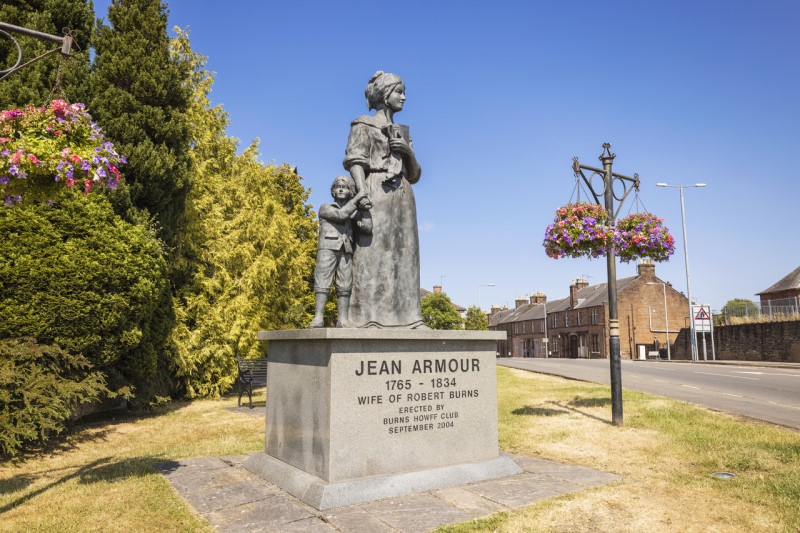
Burns arrived in Edinburgh, Scotland's cultural capital, in November 1786 as the sensation of the season. In a review of his poems in the literary periodical, 'The Lounger', Henry Mackenzie coined for Burns the famous epithet of the "heaven-taught ploughman". It was a sentimental moniker that stuck, the image of the rustic bard with plough in one hand and quill in the other composing poems in the Ayrshire fields. But it was far removed from the reality of Burns' life, which had been one of toil and hardship.
Burns knew he was different and special and held centre stage in Edinburgh with his powerful charisma and passionate way with words. However, he was also aware of his low social standing in polite Edinburgh society. Poets were certainly not meant to be peasants and he found the drawing rooms of literary Edinburgh reeking with pretension, which he derided memorably in his famous poem 'Address to a Haggis'.
In April 1787 an Edinburgh edition of 'Poems, Chiefly in the Scottish Dialect' was published, containing 22 additional poems to the Kilmarnock edition, and was subscribed to by over 1300 individuals. But Burns sold the copyright of the book to William Creech for 100 guineas and despite further editions appearing in London, Dublin, New York and Philadelphia, he made no money from these.
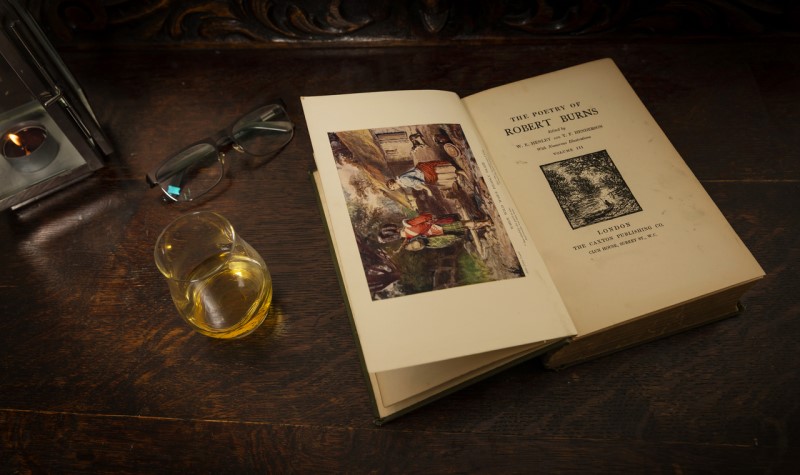
That same year the first volume of James Johnston's 'Scots Musical Museum', a collection of Scottish folk songs, appeared, including three songs by Burns. Burns would go on to contribute nearly 200 songs to future volumes of the publication, many published posthumously. He toured the Highlands and the Scottish Borders collecting old Scottish tunes to which he set his verses, thus helping to preserve the songs and keep a cultural tradition alive. Some of his bawdier lyrics were collected in a notorious volume entitled 'The Merry Muses of Caledonia'.
Despite his new-found fame in Edinburgh and beyond, Burns was struggling to support his family from either his poetry or the small farm he had leased in Ellisland, Dumfriesshire and he was forced to take a public service job in 1788. After a lifetime of unrewarded toil, he abandoned farming altogether in 1791 to become a full-time employee in the Dumfries excise, moving to a house in the town.
Undeterred by ailing health during the winter of 1790, and depression about the fading prospects of the farm, his muse remained undimmed and he continued his prolific output of songs and poems, completing his most famous poem and arguably his masterpiece, Tam o' Shanter, in November that year. Every year on the night of Burns' birthday, 25 January, or an evening close to it, his life and work are celebrated as Burns clubs all over the world host traditional Burns Suppers.
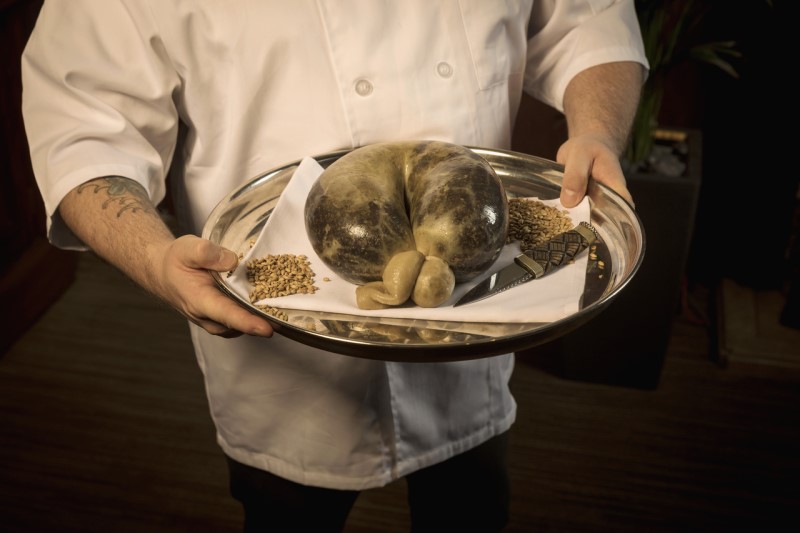
The traditional Burns supper
These informal suppers vary from club to club, but the general format has remained the same since Burns' friends hosted the first recorded night in his honour around the anniversary of his birth in 1801.
Guests gather as at any informal function and the host says a few words of introduction before everyone is seated and the Selkirk Grace is said. A starter of soup, usually a Scotch broth or Cock-a-Leekie, is eaten, before the centrepiece of the meal, a haggis, is brought in while a piper plays the bagpipes.
The host then recites 'Address to a Haggis' and at the lines 'His knife see rustic Labour dicht, An' cut you up wi' ready slicht', draws and cleans a knife before plunging it into the haggis, slicing it open from end to end in dramatic fashion. A toast is then proposed to the haggis. Mashed potatoes (champit tatties) and turnips (bashed neeps) traditionally accompany the haggis.
When the meal is over, one of the guests makes a speech commemorating Burns and proposes a toast to the great man, known as the Immortal Memory. A toast is then made to the lassies' in recognition of Burns' fondness for the fairer sex and sometimes a female guest will reply with a humorous toast to the laddies'. Following the speeches there may be singing of songs by Burns and occasionally guests take to the floor in a whirl of Burns Scottish country dancing known as a ceilidh, although this is not a normal part of a Burns supper.
The most important thing about a Burns Supper is to have fun. After all, the man you're paying tribute to was certainly not averse to a wee party himself!
Photo credits: VisitScotland/Kenny Lam